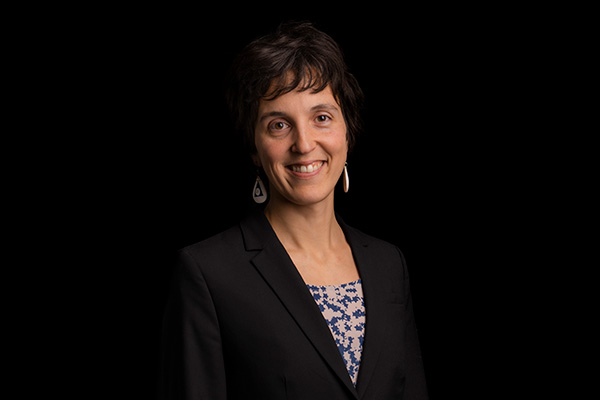Naia Morueta Holme
Research leader

Project title
ATEMPO: Anthropogenic impacts on Temporal Biodiversity Change
What is your project about?
Humans are altering biodiversity across the globe, and ongoing global warming and land use change are expected to result in drastic shifts in species’ distributions and ecosystems. To predict these shifts into the future, there is an urgent need to better understand temporal biodiversity dynamics. Indeed, predictions based on current species’ distributions are often proven wrong. This project seeks to reconstruct changes over time in plant and bird communities as well as their habitats the past 100 years by integrating field expeditions following in the footsteps of Danish botanists in Greenland and Denmark, citizen science time series data, and analyses of historical aerial photographs. With these reconstructions, ATEMPO will bring fundamental new insights into cross-scale biodiversity dynamics and their natural and human-driven mediators.
How did you become interested in your particular field of research?
Since childhood, I have been fascinated by nature and have wanted to find a way to contribute towards solutions to the biodiversity crisis. I thus knew early on I wanted to pursue a career in ecology. For many years I have worked within biogeography and macroecology – that is, the understanding of what drivers the distribution of species and richness at large spatial scales. During my PhD I went on an expedition to Chimborazo in Ecuador, 210 years after Alexander von Humboldt. Our resurvey documented strong upward shifts in the distribution of vegetation on the volcano. This work gave me the idea of conducting historical resurveys within a macroecological approach: by resurveying multiple strategic locations – rather than a single volcano – I am convinced that we will get closer to an answer on how humans and natural factors drive changes in biodiversity in the Anthropocene.
What are the scientific challenges and perspectives in your project?
It is always exciting with field expeditions to the Arctic, where a lot of logistics have to fall into place and where unexpected things can happen. Luckily, we have experienced members on the team, and I expect we will be able to use field stations as our base. Finding the precise historical locations is not totally possible because there are no permanent markings, but during a pilot study we have developed an approach to take relocation uncertainties into account. The second big challenge is to reconstruct regional habitat changes. To this end I will use aerial photos, with a method previously used to measure glacier changes. However, the method has never been applied to measure 3D vegetation changes over time. If it works, the new approach will be applicable to reconstructions of landscapes and their impacts on species’ distributions in many places around the world.
What is your estimate of the impact, which your project may have to society in the long term?
With the project, we will be able to disentangle the factors that mediate responses to global change as well as identify the spatiotemporal scales at which we can make the most robust predictions of biodiversity changes. I believe these results will bring us closer to better predictions of the future of nature, and support decision making processes within evidence-based conservation.
Which impact do you expect the Sapere Aude programme will have on your career as a researcher?
Receiving a Sapere Aude grant is a big honor, and I am very grateful for the recognition of my research accomplishments that it represents. I will now be able to hire a PhD student and a postdoc and make the expeditions a reality. Overall, the grant will be fundamental for my ambition of consolidating myself as a research leader within macroecology of the Anthropocene.
Background and personal life
I live in the village of Sorø an hour from Copenhagen with my American husband and our two kids aged four and six. We enjoy exploring local nature and love going on hiking trips during our vacations – preferably abroad where there is slightly better access to mountains. In my spare time I also sing in a classical choir and spend quite some time on house projects applying old techniques to restore our house from 1900. Somehow it’s nice to learn about a completely different subject, and to chew on research ideas while using my hands.
View all research leaders here
Research institution
University of Copenhagen
Research field
Biology, macroecology
City of your current residence
Sorø
High school
Sorø Akademi
